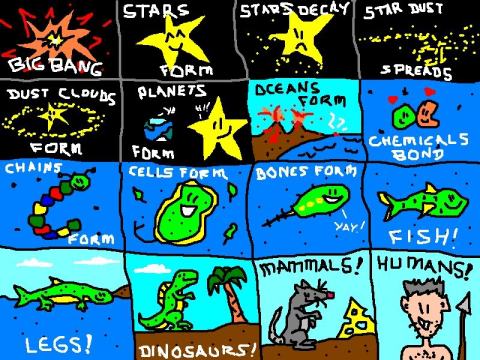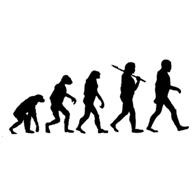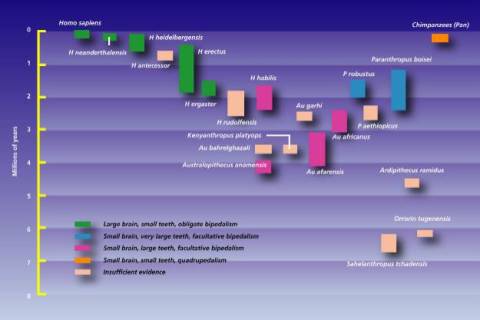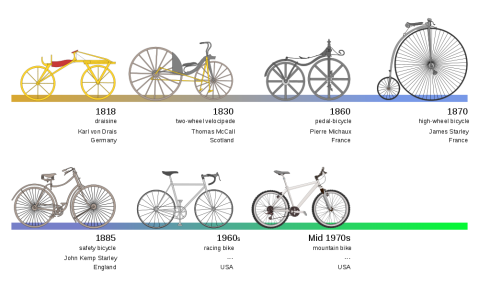Posts Tagged ‘Outline’
Publications: Thing or Behavior?
Posted on: February 8, 2011
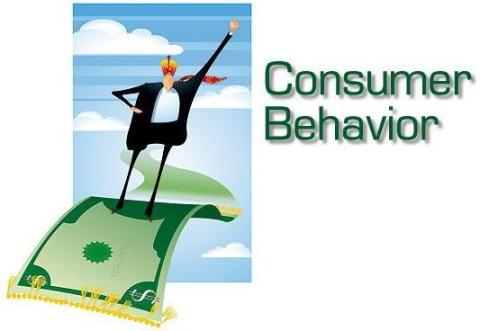
Do you see your company's publications as things or behaviors? Your answer can have all sorts of interesting consequences for your customers and your company.
If you started to think about your company’s publications as behaviors instead of things, would such a shift in perspective change the resulting documents? Would your customers respond to your message in a different way?
Consider the publications that you and others in your company create—they probably run the gamut, from sales and marketing literature to online pages to proposals to technical documentation and maybe even to interactive multimedia presentations and video scripts.
Like most writers, you work with others to establish the requirements for each publication and to generate and refine its specifications. You create an outline that captures the topics, features and procedures to be included in each document and organize that content in a way that satisfies the project specifications.
Such an approach is based on seeing the document as a thing. And, while it may be necessary, at least in part, is it sufficient? Does it really satisfy your customers’ needs? Does it let you wring every last drop of value out of what you spend on trying to connect with your customers?
What if you viewed a publication as a set of behaviors, instead of just a thing?
For starters, this might mean that your project requirements stated how your company’s customers would interact with the publication—and any associated product. After all, why do your customers read your stuff? What do they expect to get out of it?
If you thought about customer behaviors—for example, how they use the publication, the ways in which they need to access the document, how they find topics, how they use the information, what other resources they might need, how they might use the document as a focal point for customer-to-customer and customer-to-company interaction—would those considerations change your document specifications? Would the specs begin to reflect a mindset that took user experience into account?
If you viewed each publication as describing, prescribing and integrating a dynamic set of behaviors among your customers, your products and your company, how would that change the types of documents you create?
Would you enhance your publication model to include various scenarios and anticipated interactions that played to customer needs and experiences?
Begin to think about your company’s publications as behaviors instead of things, and I’ll bet your documents become more interactive, more dynamic, more user-friendly and more attuned to your customers.
Now let’s talk: What is your opinion? If you create publications, what is your approach? As a customer, how do you respond to companies’ offline and online publications: What do you like about them? What don’t you like? You can leave your comment at the top of this post. Elizabeth Lexleigh LexPower The Write Ideas
This timeline caught my eye. It encapsulates the concepts of emergence, process, change and transformation so well; it’s colorful, witty; and I just liked the delightful style.
You could say this graphic offers us one view of human evolution. But on a larger scale, the drawing also conveys the overarching concept of transformation: things change, don’t they? They can adapt, mutate, flourish and take off in one or more directions. They can also stultify, remain static, wither and perish. A single, accidental mutation in one organism—or even the organism’s extinction—can give rise to a profusion of new, dissimilar life forms.
One thing for sure, though: Nothing stands still in time, at least not for very long. Time inexorably modifies, erases, transfigures, changes, enhances, diminishes, grows, dies, creates and destroys everything. Time is motion. We all obey time, and this charming timeline about us and everything else gets that point across beautifully.
And how about this clock?
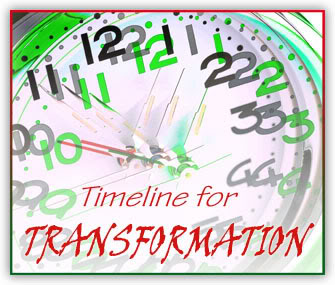
As space-time processes, we live in a continual dialogue with time. This clock image shows how the use of graphical elements like repetition and shadings of color can communicate ideas about change, transformation and adaptation.
The clock shows how the use of graphical elements like repetition and shadings of color can communicate change, transformation and adaptation.
Depending on the context, the clock graphic could represent the literal passage of time, nothing more. But drop the image into the history of an individual or a company, or a description of a manufacturing process, or an account of the evolution of an idea, for example, and the image takes on new meanings.
Beyond that, a skilled artist could re-work this or any other timeline graphic in all sorts of ways. The artist, who lives in a time stream, as we all do, is also one of time’s agents and, as such, behaves as a sort of time proxy and serves as an entity who has the power to alter things—in this case, a graphic image. In his drawings, M. C. Escher joyfully plays with just such self-referential notions.
The next timeline is a tongue-in-cheek image that purports to show how humans evolved from a more primitive life form—from ape to human in this example. As any biologist knows, however, such a representation is technically incorrect. Rather, it seems that humans and apes share a common ancestor, which means we are not the descendants of apes, but more like their kissin’ kin.
The previous image is like the first two images in that on a larger scale it says something about the essence of life, which includes concepts of emergence, adaptation and transformation. On a smaller, more specific scale the image says: If you are here reading this, then you can thank a very long line of ancestors (a line so long that it stretches, unbroken, beyond an ape-like ancestor, all the way back to single-celled bacteria so primitive they didn’t even have a nucleus).
You may have seen an adaptation of the previous image, one in which the final figure was a pair of high heels, representing woman. I don’t recall the context in which that image appeared, but the high heels completely changed the meaning by implying that the most advanced form of life was the human female. Or maybe the sort of female who wears heels.
The next and final timeline in this post shows another view of the transformation of human life, from extinct ancestral hominin forms to related hominids to … us–Homo sapiens, at the top of the left branch. Although incomplete, the evolutionary tree in the graphic shows a distinct bifurcation, with a right branch leading to the genus Pan (chimpanzees), our closest primate relatives.
This image is much more detailed than the previous one, and more scientifically accurate as well. It includes a timeline (on the left side) that shows a scale of millions of years. The image makes clear that as life flows along in time, it changes in myriad and unpredictable ways, and it is only after the fact that we can map out the transformations on a timeline and assign values to them.
Together, these four images show just a few of the many ways you can use timelines to get across concepts about emergence, change, adaptation and transformation. Whether you are looking at life in general, or some aspect of it, timelines are useful tools to communicate your ideas.
For more about timelines, you might like to read the following posts in my blog:
Chronological Order: Show Me the Timeline!
Benefits of Chronological Order
How to Establish Chronological Order in a Paragraph
How to “Tell Time” in a Letter
How to Describe Chronological Order
How to Show Chronological Order
If you would like to learn more about the timelines of your own personal ancestry, visit The Genographic Project.
Now it’s your turn: Do you use timelines in your work? What is your subject matter? Do you think timelines are useful in communicating with your audience? Please share your thoughts about timelines. Elizabeth Lexleigh LexPower The Write Ideas
Enmeshed as we are in time, it’s no wonder that timelines are among the most-used graphical devices.
But what to do when you need some ideas about all the ways you might represent a timeline?
As I was thinking about how to show eye-catching and mind-grabbing examples of timelines in this post, it occurred to me that nothing I could quickly devise would be a match for what is already in use on the web.
So I went hunting for timelines. And was pleasantly surprised. In addition to the well-known and beloved static graphs, charts and tables, I discovered some wonderfully unusual as well as interactive methods of showing time, which I share with you on the rest of this page.
Put on your hiking boots, rev up your curiosity and check out the following sites, where you will find plenty of useful ideas for creating readily understandable timelines that will dazzle your audiences. The examples can serve as models to help you communicate your information in vivid and delightful ways.
General. This MIT site contains some excellent timeline examples that will inspire you to think and get more creative. Within each timeline, take a tour of all the clickable, interactive features.
And of course there is Google Images, which presents a dizzying variety of inventive timelines. Click on an image to access the website of origin, where you can also enlarge the image.
Geologic Time Periods. This ingenious clock representation of the geologic time scale makes the length of each period relative to all the others readily apparent to even the casual reader. A “zoom” button in the caption area lets you enlarge the illustration. Compare that model with the accompanying standard, linear timeline that conveys the relative lengths of the supereons, eons, eras and periods in the earth’s history. In both examples, note the excellent use of high-contrast colors.
Global Financial Crisis. On the Federal Reserve Bank of New York’s website, click on the word “Timeline” in each paragraph to display a PDF that clearly and beautifully illustrates the domestic and international timelines of policy responses to the global financial crisis.
Evolution. How do you show the major events in the development of life on earth? This is a fairly tall order, as the timeline of evolution stretches over billions of years, but the graphical and tabular models you will find at this site present a comprehensive picture.
Big Bang. The Big Bang was so huge and complex that one graphical timeline alone could not do it justice, which is perhaps why it is accompanied by a physical-cosmology table that contains many links to other related timelines. This example shows how sets of interrelated contextual information can be communicated to readers in a very approachable way.
World War I. This timeline of World War I uses tables to list key dates and event descriptions. The various war theaters are color-coded.
Immigration History. If you have questions about the history of immigration, the Statue of Liberty-Ellis Island Foundation timelines can help you. Each time period you select is accompanied by overview descriptions and relevant images.
History – Examples. Here are some typical ways to show a history timeline. Although this site is geared to teaching students about timelines, the examples are good and could be used as general models by anyone.
World History. The TimeMaps Atlas of World History uses maps with date tabs to allow you to step your way through key events in world history. These highly interactive timelines impart a full sense of the sweeping context of time for each event, its time period and its geographic location.
Emerging Diseases. The Global Health Council website shows several useful ways of representing emerging-disease timelines. Examples include pathogens identified since 1972, severe acute respiratory syndrome (SARS), and avian influenza.
For more about timelines, you might like the following post in my blog: Timelines about Life
Do you have any timeline examples to share with the readers of this blog? We’d all love to hear from you, so leave a comment, including the link to one of your personal favorites. Elizabeth Lexleigh LexPower The Write Ideas
